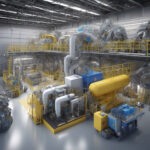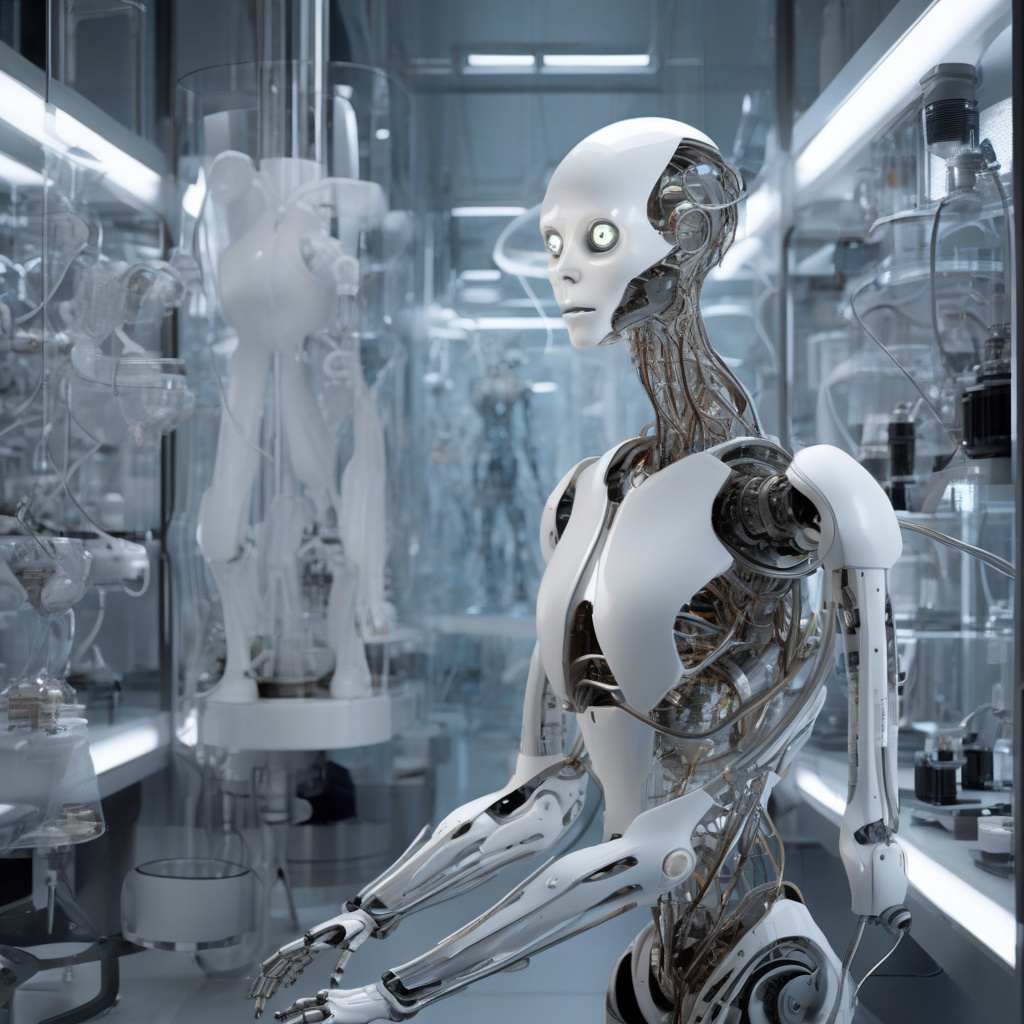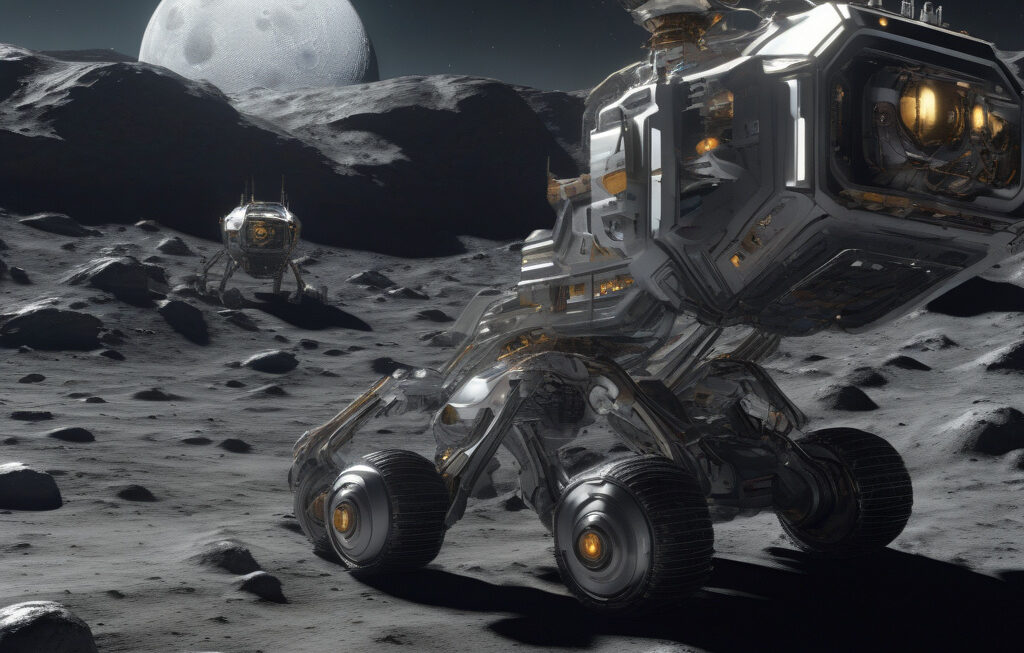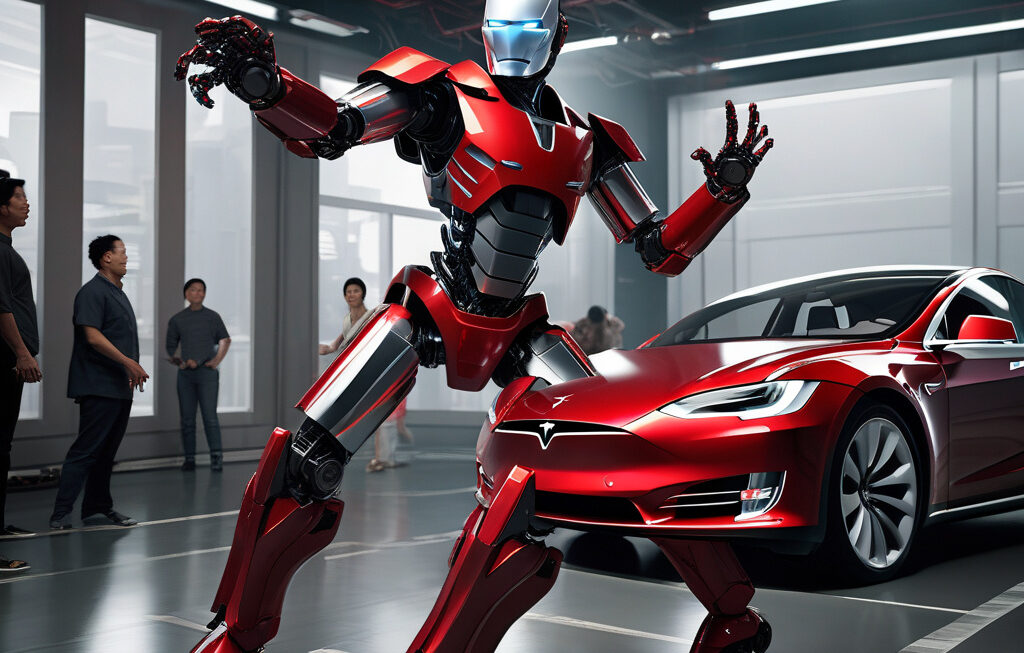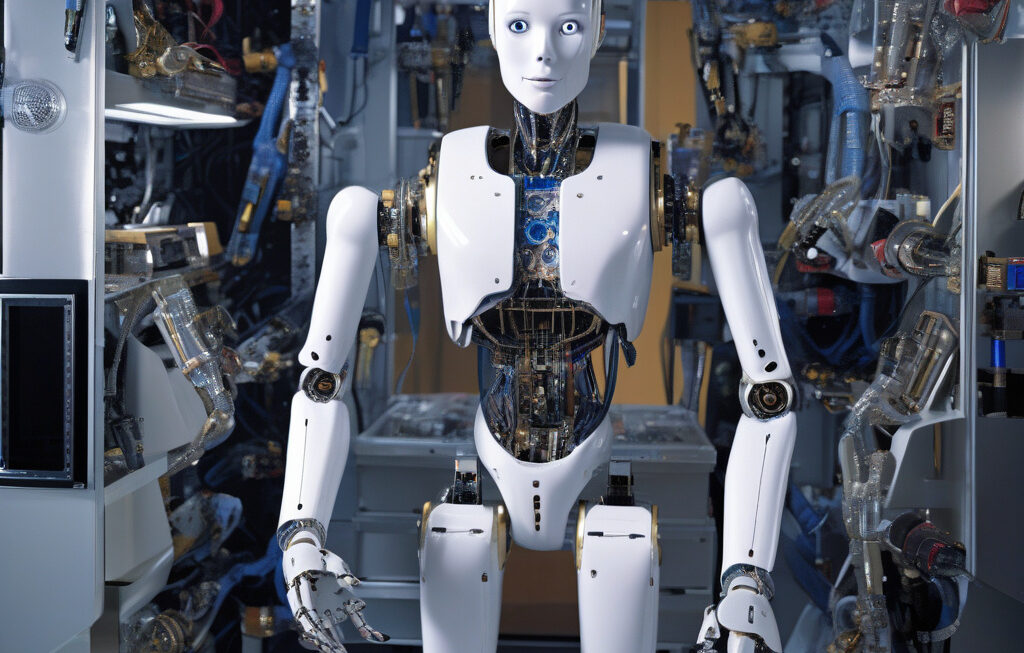Video: How Ghost-Like Humanoid Robot Comes to Life with Water-Powered Muscles
Clone Robotics Co-founder and CEO Dhanush Radhakrishnan recently sat down with tech content creator Anastasiia to unveil their latest innovation in robotics – a ghost-like humanoid robot powered by water-based muscles. This groundbreaking technology represents a significant leap forward in the field of robotics, offering a glimpse into the future of lifelike and sustainable robotic design.
The inspiration behind this innovative creation stems from nature itself. Radhakrishnan and his team drew inspiration from the movement of jellyfish, which propel themselves through the water using a bell-like structure. By mimicking this natural phenomenon, Clone Robotics was able to develop a robotic system that operates on water-powered muscles, allowing for smooth and fluid movements reminiscent of a ghostly apparition.
One of the key advantages of water-powered muscles is their sustainability. Unlike traditional robotic systems that rely on electricity or batteries, the water-powered muscles used in Clone Robotics’ humanoid robot are environmentally friendly and energy-efficient. This not only reduces the carbon footprint of the robot but also opens up new possibilities for applications in areas where traditional power sources are limited.
The ghost-like appearance of the humanoid robot adds an element of intrigue and fascination to its design. As it moves gracefully and silently, the robot creates an ethereal presence that captures the imagination of all who witness it in action. This blend of cutting-edge technology and artistic design sets Clone Robotics’ creation apart from other robots on the market, positioning it as a true work of art in the world of robotics.
In addition to its striking visual appearance, the water-powered humanoid robot boasts impressive capabilities in terms of functionality. Equipped with advanced sensors and AI technology, the robot is capable of navigating complex environments, interacting with objects, and even learning from its surroundings. This opens up a wide range of potential applications for the robot, from assistance in search and rescue missions to exploration in hazardous environments.
As the field of robotics continues to advance, innovations like Clone Robotics’ water-powered humanoid robot pave the way for a future where man and machine can coexist harmoniously. By drawing inspiration from nature and pushing the boundaries of traditional robotic design, Radhakrishnan and his team have demonstrated the endless possibilities that lie ahead in the ever-evolving world of robotics.
In conclusion, the unveiling of Clone Robotics’ ghost-like humanoid robot powered by water-based muscles represents a significant milestone in the field of robotics. With its innovative design, sustainability, and advanced capabilities, this robot is poised to revolutionize the way we interact with and perceive robotic technology. As we look to the future, it’s clear that the merging of nature-inspired design and cutting-edge technology will continue to drive progress in the field of robotics, opening up new possibilities for the integration of robots into our daily lives.
innovations, robotics, sustainability, technology, future
